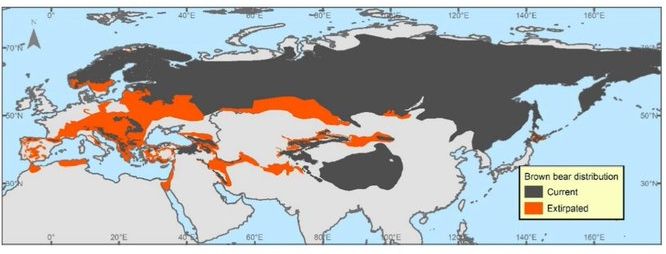
Postdoc @ Univ. of Seville | 🌍 Macroecology & 🐾 Conservation Biology | Studying global change effects on biodiversity 🌡️🌱 | Focus on large mammals 🐻🐺 🐐
Reposted by Pablo M. Lucas

🔗 buff.ly/h0P8Ho6
1⃣ Ecological networks help improve biodiversity & #speciesdistributionmodels under #climate & #land-use change.
2⃣ Global change reshapes #foodwebs, affecting #ecosystem structure & function.
3⃣ We need better data on species #interactions.












Our article “Trophic interactions are key to understanding how global change shapes the distribution and ecological role of the brown bear” 🐻is now online in
@globalchangebio.bsky.social #Climate #Ecology #Biodiversity #bear #SDM #carnivores
onlinelibrary.wiley.com/doi/10.1111/...
Reposted by Joaquín Hortal, Julen Astigarraga, Pablo M. Lucas

Read it here: doi.org/10.1038/s415...



